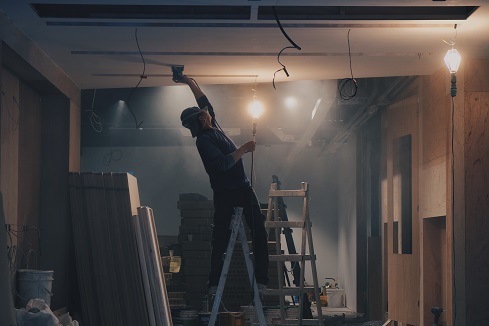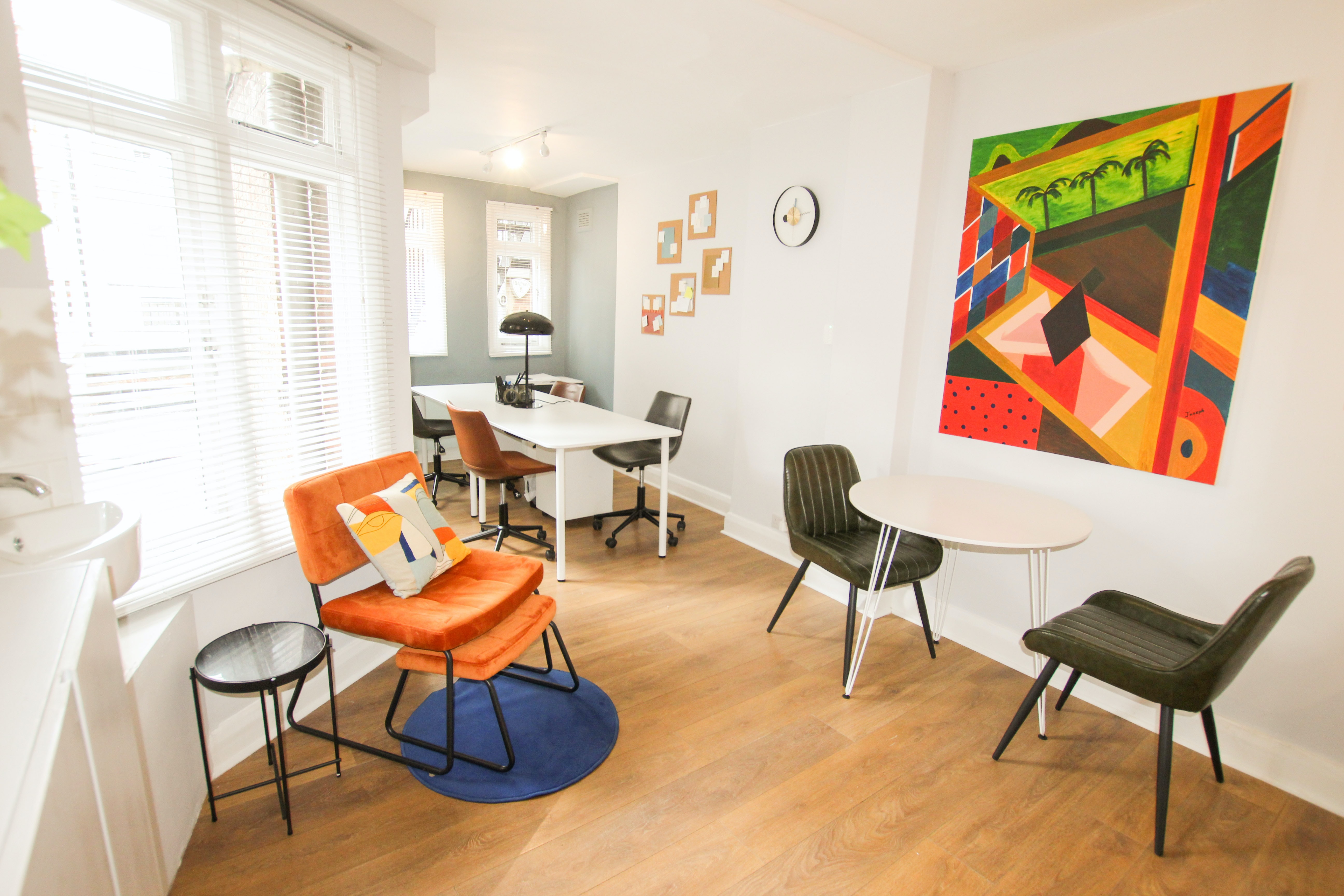Light is something that we have access to whenever we need it, either from sunlight during the day, or by flicking a switch at night. This ready access to light means we largely take it for granted, but it’s one of the most important elements in life.
Natural light is essential for daily activities, as well as enabling your body to make Vitamin D and the mood enhancer serotonin. Artificial light allows you to work and play at any time, liberating you from the restrictions of day or night. Considering what a critical role light plays in your life, it makes sense to give it priority when you’re considering any kind of renovation or remodeling project.
1. Enhancing natural light
If you want to maximize the natural light in your home, then the priority is windows. The more glass there is in a wall, the more natural light you’ll allow in, and the brighter and more welcoming a room appears. You’ll need less artificial light, and as natural light is easier to work or read by, uses no material resources, and costs nothing, you win all around.
You may be used to thinking of windows in a traditional arrangement, one on each wall for example, but there are many other configurations you could use to capitalize on the availability of natural light. You could even convert an entire wall to glass, using windows or folding doors. It’s a good idea to consult a specialist company like Forde Windows and Remodeling, who can provide inspiration and practical advice on the optimum design for your home.
The colors you use in the room also affect the quality of light and how it’s dispersed around the space. When you choose your paint, wallpaper, flooring, and furnishings, bear in mind how the light shines in at different times of the day, and if possible, how this changes through the year. Paint colors have a light reflectance value (LRV) with white being 100% and black 0%, so check what the LRV is for colors you’re considering.
2. Artificial light
When it’s dark, your artificial lighting comes into its own. Your options for lighting are extensive and can be almost too much to take in when you visit a showroom or browse online. The basic rule of lighting is to have bright lights that don’t create shadows in areas where you need to see clearly like kitchens and offices, but softer designs in bedrooms and living areas. Harsh lighting is unpleasant and makes it hard to relax when you’re winding down in the evening, but having poor lighting when you’re working or cooking is difficult and causes eye strain.
When you choose your artificial lighting, you should think about what the room’s going to be used for and take that as your guide. If a room is dual purpose, you can always have bright main lighting, but a selection of lamps, dimmer switches, or programmable downlighting combinations as well.
Lighting can make or break a room, so make sure you’ve used the best methods to light your room both day and night.








